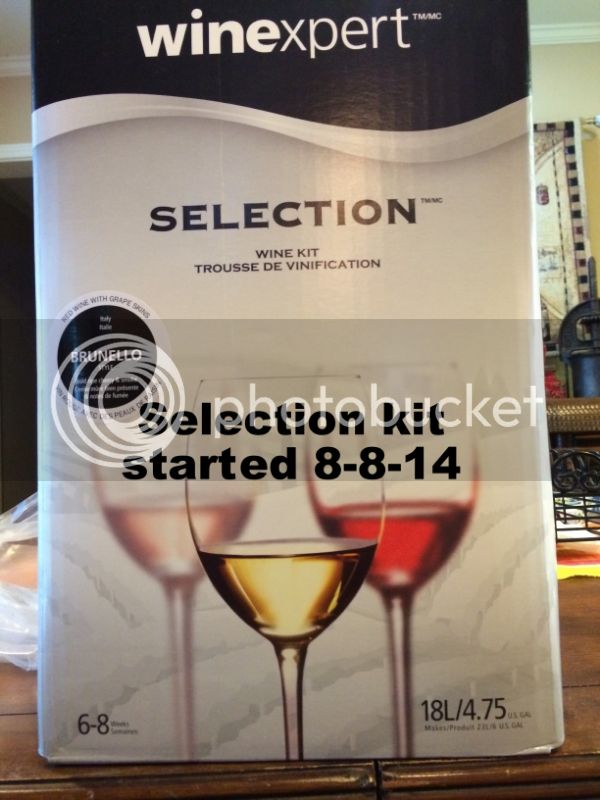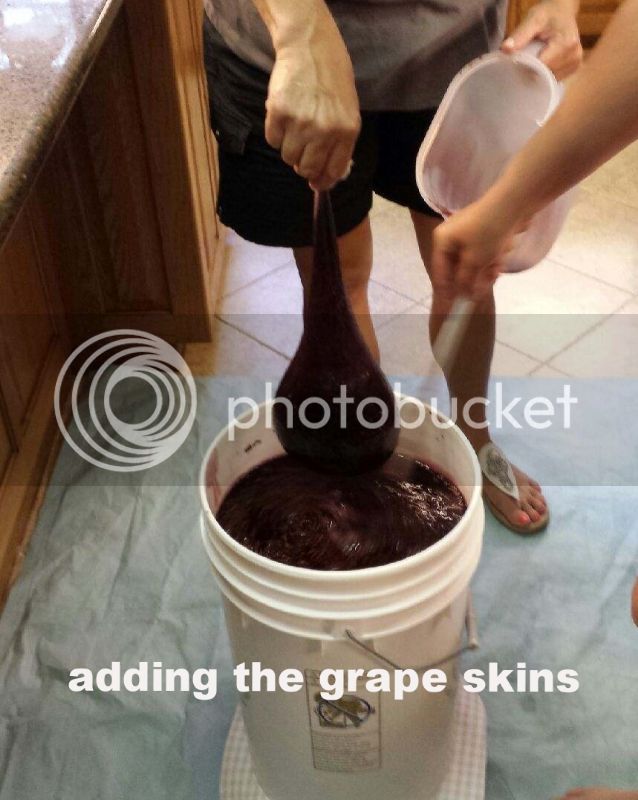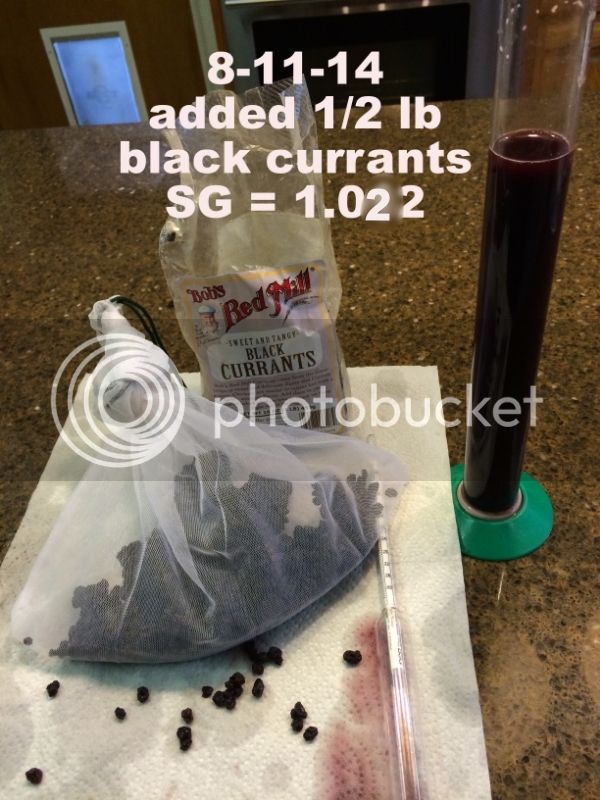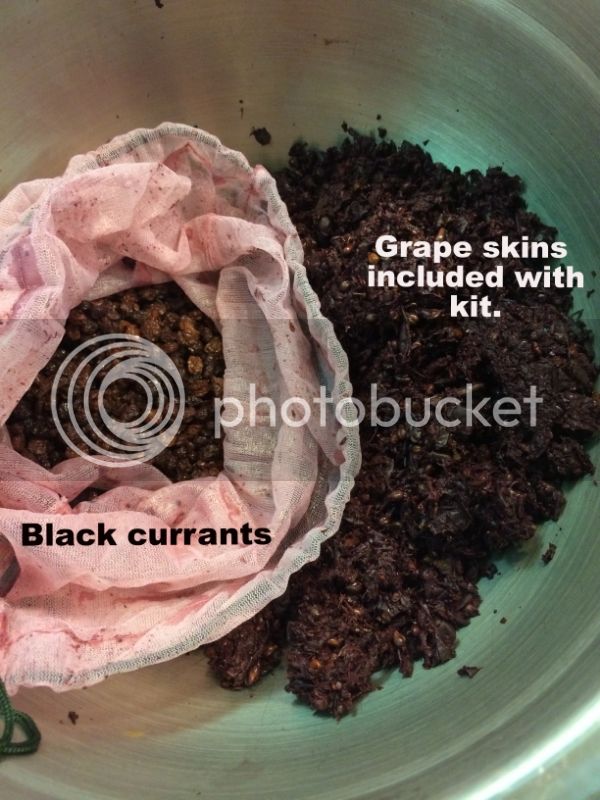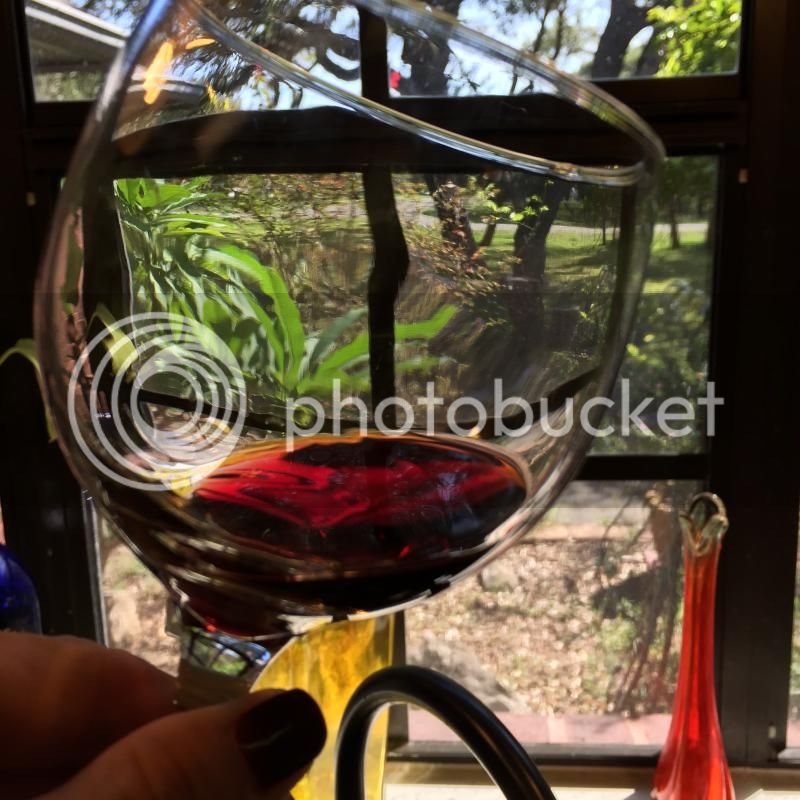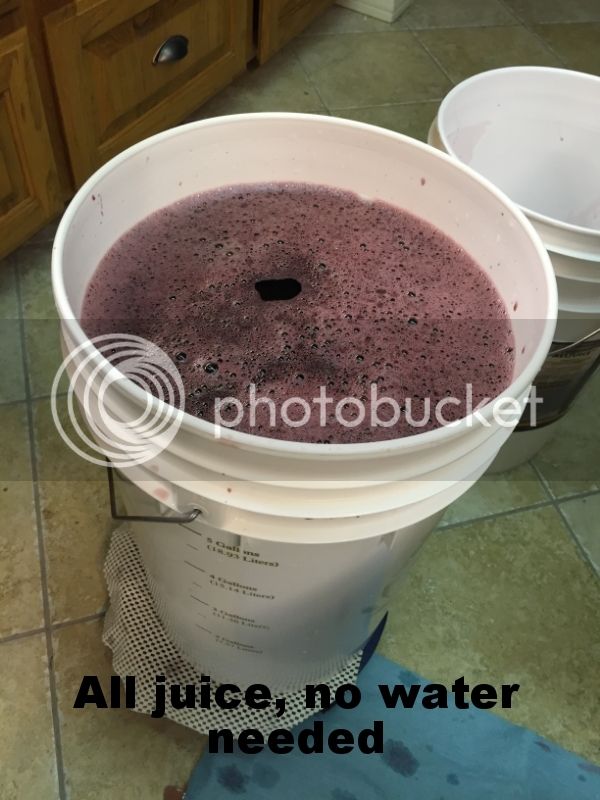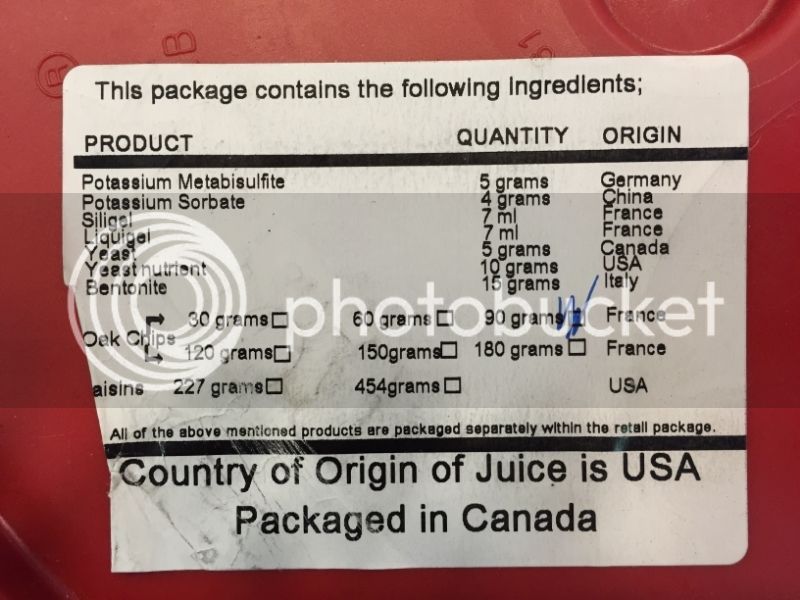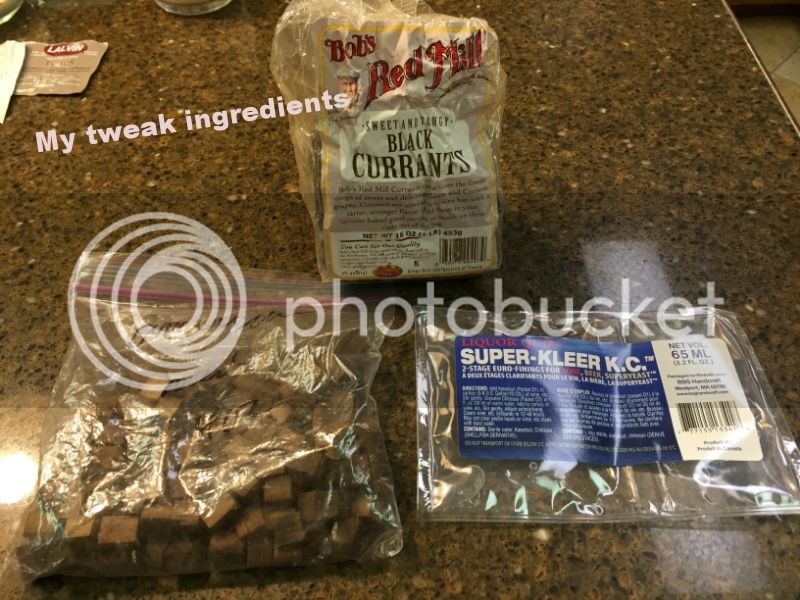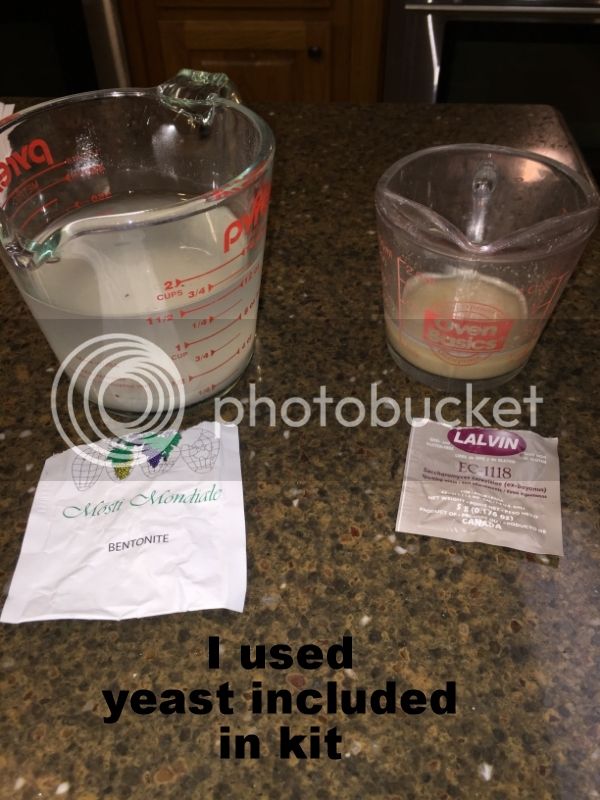Really thinking outside the box.
It sure seems like forever since I have posted here. Holidays and pure laziness can sometimes get the better of me. Winter is not my favorite time of year. Time to crawl out of my Groundhog tunnel and make some wine. Actually, I started this right after New Years. It has been a slow go.
This kit is a little different than the ones I have posted here. It is technically a ‘kit’ but it is an "all juice" kit and comes in a bucket, not a box. This is the Mosti Mondale All Juice Shiraz. I did this kit last year with my daughter and I have to admit, it would stand up to any $15. Shiraz on the shelf. It is silky smooth, very well balanced and fruity. Just dry enough and plenty of wood. Just the way she likes her reds.
The first batch was called Abby’s Selection, since my daughter chose it for me and brought it down from Fine Vine Wines in Dallas to me in South Texas. We knew we had to make another so this is Abby’s Reprise.
The bucket is shipped in a box, then there is a large juice bag inside the bucket along with the standard chems and another not usually found in kits, yeast nutrient, as well as oak chips.
This is what the bucket looks like, I wish I had taken a picture of the juice bag inside. It looks like any other except very large and heavy. That's why there is no picture. It took two of us to dump it in the bucket. You can not really make the wine in the bucket that it comes in. (it's right at 6 gals.) You need more room for foam so I put it in a 7.5 gl primary.
Unlike most kits, you know what you are getting.
Provided chems. I will not use the sorbate since I don't intend to back sweeten. I will also use SuperKleer because I know it works, every time.
This will be my tweak to the kit. I will also add tannin when I rack to secondary.
The must came out at 109.8 so i did not add any additional sugar. I think the added currants later will bump up the ABV a bit so this should be fine. Sometimes i like to play around and change out the yeast, but the first batch came out so nice, I am sticking with EC-118. The instructions on this kit are quite different than what I normally get from the box kits. This calls to re-hydrate the yeast, which I did. It also says to add the Bentonite added to water at the same time as the yeast. Not directly to the bucket before the juice.
Here are the stats so far, stirring twice daily in the primary.
1/3/2015 109.8
Start date
1/7/2015 108.5
Moving slowly, gave it a extra robust stir.
1/9/2015 103.5
Added yeast nutrient as per instructions.
1/13/2015 1.014
Racked to secondary and added 1/2 lb of dried black currants, Oak provided in kit, 2 tbl pf LD Carlson Tannin. (sorry, no pics of this event).
This is a slow mover. It is not because it's colder because I live in a mild climate. It is apparent the juice is not concentrated. It just acts different.
At this point I have added my 'tweaks" and am waiting for the currants and tannins to do their thing. Smells wonderful!

